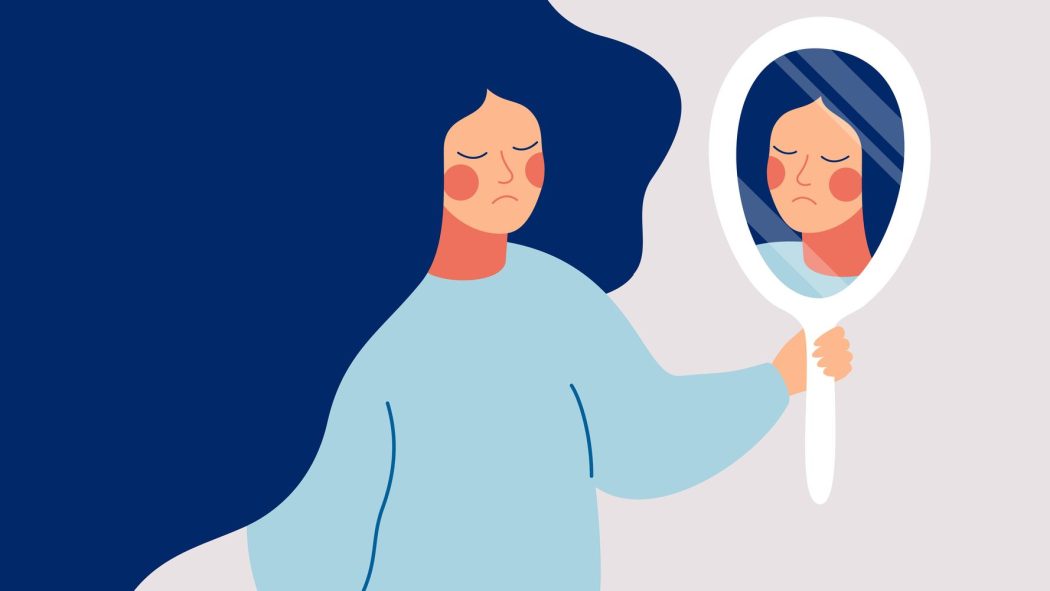In 2021, a Harvard dermatologist used the term “Zoom Dysmorphia” in an interview with The Guardian. The term, a play on the psychiatric condition body dysmorphic disorder, has been used to describe preoccupation with appearance resulting from excessive time spent on Zoom. Medical literature has reported an explosion in psychiatric conditions because of the pandemic, including but not limited to depression, obsessive-compulsive disorder, and generalized anxiety disorder. Interestingly, few studies have looked at trends in self-image, despite evidence that there has been a significant shift in how people see themselves and others through a webcam.
Though no large-scale survey has been conducted to track body image in the post-pandemic era, there are clues that the concept of zoom dysmorphia is not unfounded. For one thing, plastic surgery and dermatology consultations have skyrocketed in the last 2 years, a phenomenon known as the “Zoom Boom“. Most patients who sought minor and major cosmetic procedures cited increased screen time as their primary reason. Areas of interest included the face and neck with rhinoplasty, lip fillers, and Botox injections being some of the most requested procedures. These interventions have seen growth out of proportion to other conventional aesthetic procedures, consistent with the hypothesis that increased time spent on Zoom breeds insecurity about body parts seen on camera.
“Is that what I really look like?” is a thought that has crossed nearly every Zoomer’s mind during a meeting, lecture, or virtual happy hour. Dr. Corey Hartman, a board-certified dermatologist, reports in an article that Zoom “gives a fishbowl view and causes the face to protrude more centrally, warping [certain] features.” Zoom webcams make noses look 30% larger than they are, according to one study. Additionally, ceiling lighting casts downward shadows, accentuating dark circles under the eyes. Because most individuals Zoom from their laptops, they are constantly looking down at their camera, causing the skin on the face and neck to fall forward, collecting in folds around the mouth and in pockets under the chin. The combinations of these factors result in a rounder face with a larger nose, a high forehead, and extenuated wrinkles.
There is more to Zoom dysmorphia than dissatisfaction with webcam images. A common complaint that I hear from many medical students during “Zoom days” is that it is impossible to relax. A perpetual Hawthorne experiment: when the camera is on, so are they. There is something unique about the Zoom social environment; unlike a lecture hall where the action takes place at the front of the room, a Zoom meeting has neither a main character nor a stage. Each participant inadvertently tells their own story in his or her 2×2 inch screen. A cat runs across the screen, someone drops their computer, a door slams and the unfortunate perpetrator was not on mute. Zoom meetings exist in a dynamic and chaotic ether where realism is suspended but professionalism is not.
It goes without saying that staring at yourself for 8 hours per day can cause problems. Unfortunately, no perfect alternative exists, and lecturing to a legion of 100 blank screens has its limitations. Likely the solution lies in moderation, and for those suffering from Zoom dysmorphia, know that you are not alone. And, for all the brave hearts who manage to keep their camera on through long days and countless sessions, know that we salute you.
Hannah Tolson is a member of University of Arizona Class of 2024. She attended Gonzaga University where she majored in Mathematics. A Phoenix native, she is passionate about the outdoors and rural medicine. She plans to pursue a career in Dermatology.


